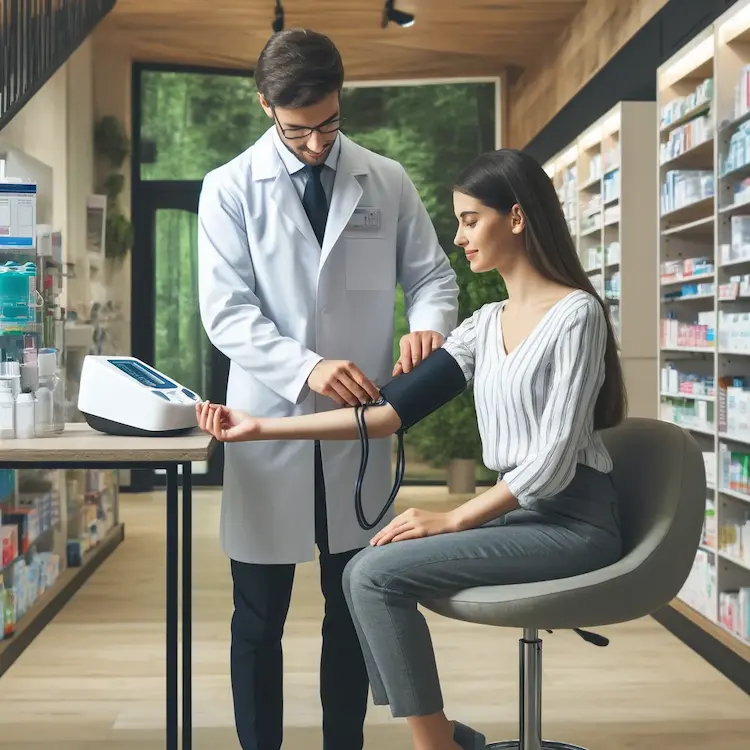Community-based blood pressure screening programs are initiatives designed to monitor and manage hypertension among the general population. These programs aim to identify individuals with high blood pressure (BP), often in underserved or high-risk communities, offering education, resources, and interventions to promote cardiovascular health.
High blood pressure, or hypertension, is a silent killer affecting millions worldwide. Early detection and management can reduce the risks of heart disease, stroke, and kidney failure. Community-based programs are crucial because they:
Mobile clinics provide free blood pressure checks in remote areas.
Health fairs offer BP screenings alongside other health services.
Local pharmacies serve as accessible hubs for BP checks.

Employers provide BP checks to staff during work hours.
| Tool | Accuracy | Cost | Ease of Use |
|---|---|---|---|
| Manual Monitor | High | Low | Requires training |
| Automatic Machine | Moderate | Medium | User-friendly |
| Wearable Monitor | Moderate | High | Highly convenient |
Community-based blood pressure screening programs play a crucial role in the early detection, prevention, and management of hypertension. By making blood pressure checks more accessible, these programs help bridge healthcare gaps, particularly for underserved and high-risk populations. Whether through mobile health units, pharmacy-based screenings, workplace initiatives, or community health fairs, these approaches offer practical and scalable solutions to combat hypertension-related health issues.
By integrating manual, automatic, and wearable blood pressure monitors, screening programs can provide more comprehensive and accurate readings, ensuring that individuals receive timely interventions. The societal benefits extend beyond individual health—these initiatives also contribute to lower healthcare costs, improved public health outcomes, and greater community awareness about cardiovascular wellness.
For these programs to be effective, stakeholders should focus on engaging local communities, providing adequate training for healthcare providers, ensuring accessibility, and implementing proper follow-up mechanisms for individuals identified with high blood pressure. Policymakers, healthcare providers, and community leaders must continue to expand and refine these programs to reach more people and improve global hypertension management.
Community-based blood pressure screening programs are vital for early detection and management of hypertension. These initiatives improve accessibility, raise awareness, and contribute to healthier communities. By leveraging various tools and methods, stakeholders can design impactful programs tailored to specific populations.
Actionable Recommendations: